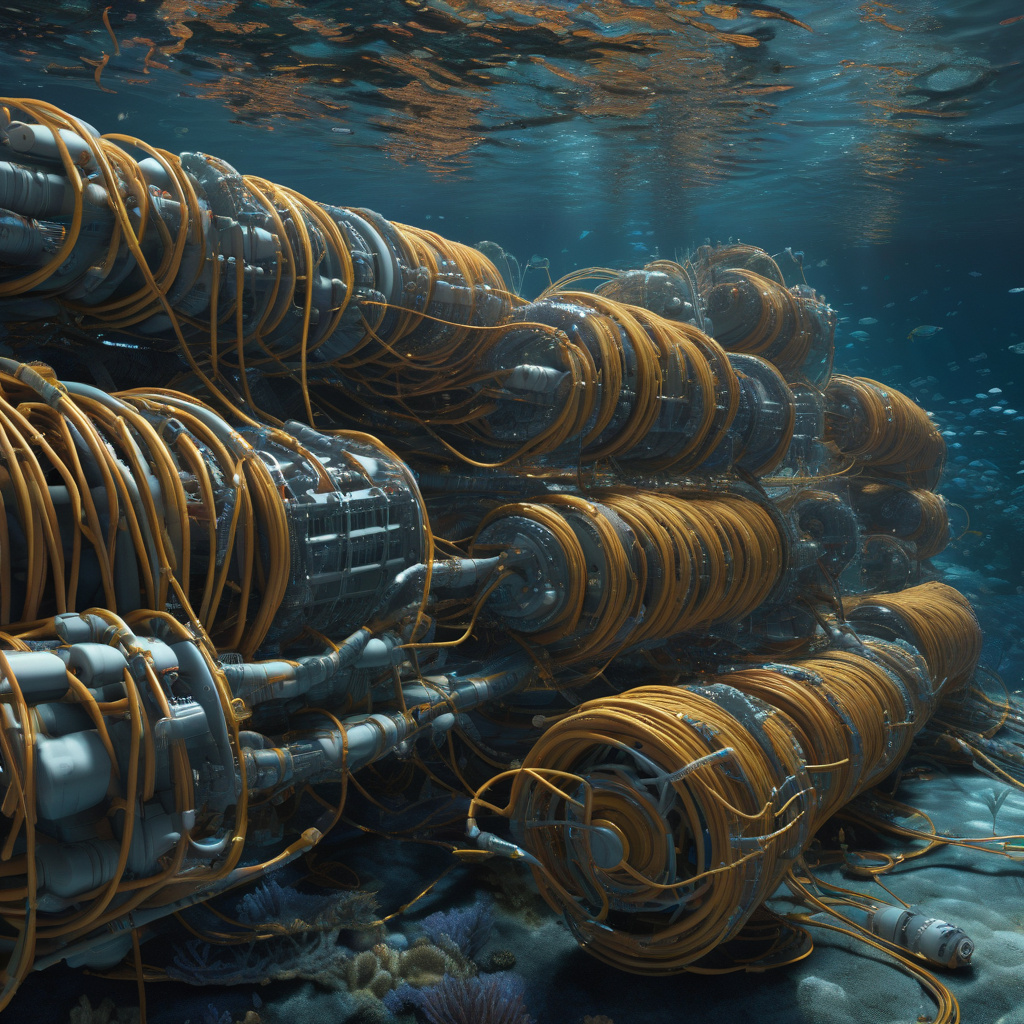In the vast expanse of the digital world, where speed and connectivity reign supreme, a silent war is being waged beneath the waves. Subsea cables, the unsung heroes of our interconnected planet, are emerging as the next battleground for tech giants vying for dominance over data infrastructure. Nahla Davies sheds light on this critical issue, highlighting the strategic importance of these underwater lifelines that power our internet-driven world.
Subsea cables are not merely cords that connect continents; they are the backbone of our digital existence, carrying over 99% of international data traffic. Their significance lies in their ability to transmit vast amounts of data at lightning speeds, enabling seamless communication and information exchange across the globe. As the demand for data continues to skyrocket, these cables have become invaluable assets for tech companies seeking to expand their networks and reach.
The control and ownership of subsea cables have sparked intense competition among tech giants, with companies like Google, Facebook, and Amazon investing billions in laying their own cables or securing capacity on existing ones. By controlling these vital infrastructure components, companies can ensure faster and more reliable data transmission, giving them a competitive edge in the digital landscape.
Moreover, the geopolitical implications of subsea cable ownership cannot be overlooked. In an era where data is power, controlling the flow of information through these cables can have far-reaching consequences. Governments and intelligence agencies are increasingly concerned about securing their data pathways, leading to heightened scrutiny over who has access to these critical assets.
As the battle for control over subsea cables intensifies, it is essential for tech professionals to stay informed about the evolving dynamics of data infrastructure. Understanding the role that these underwater cables play in shaping the digital landscape can provide valuable insights into the strategies and motivations of tech companies vying for supremacy in the tech industry.
In conclusion, Nahla Davies’ exploration of the tech battleground beneath the waves shines a spotlight on the critical role that subsea cables play in our interconnected world. As tech giants continue to vie for dominance over data infrastructure, the strategic importance of these underwater lifelines cannot be overstated. By staying informed and aware of these developments, IT and development professionals can navigate the evolving tech landscape with greater insight and foresight.

